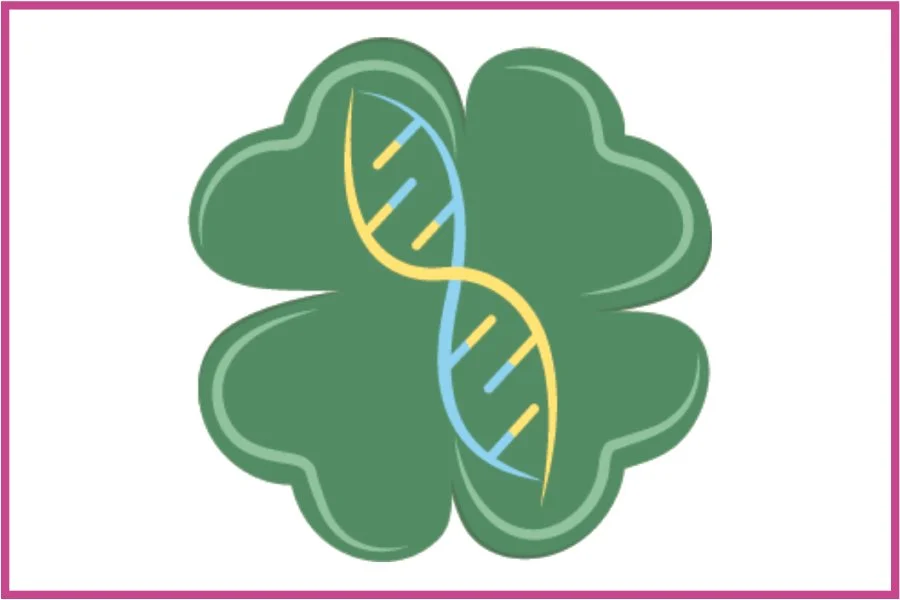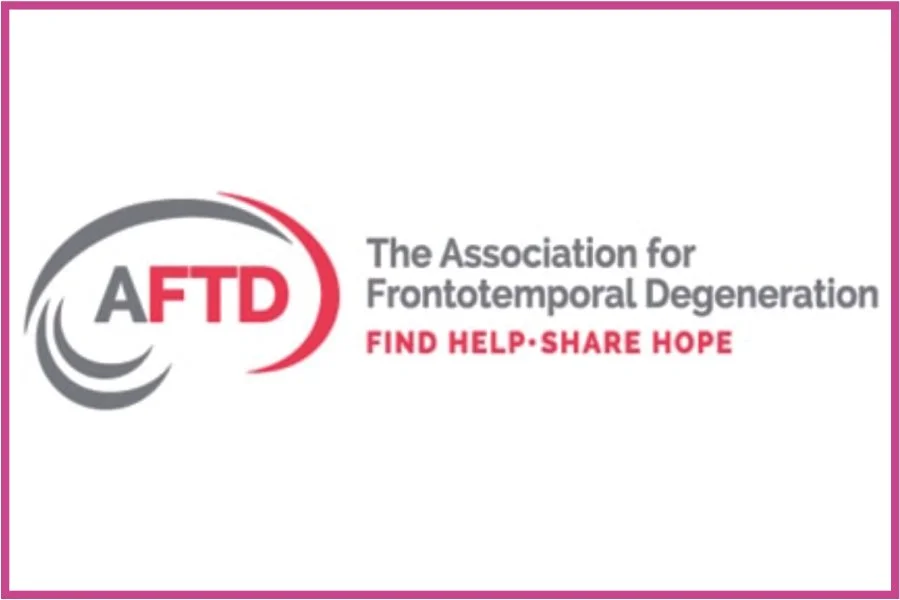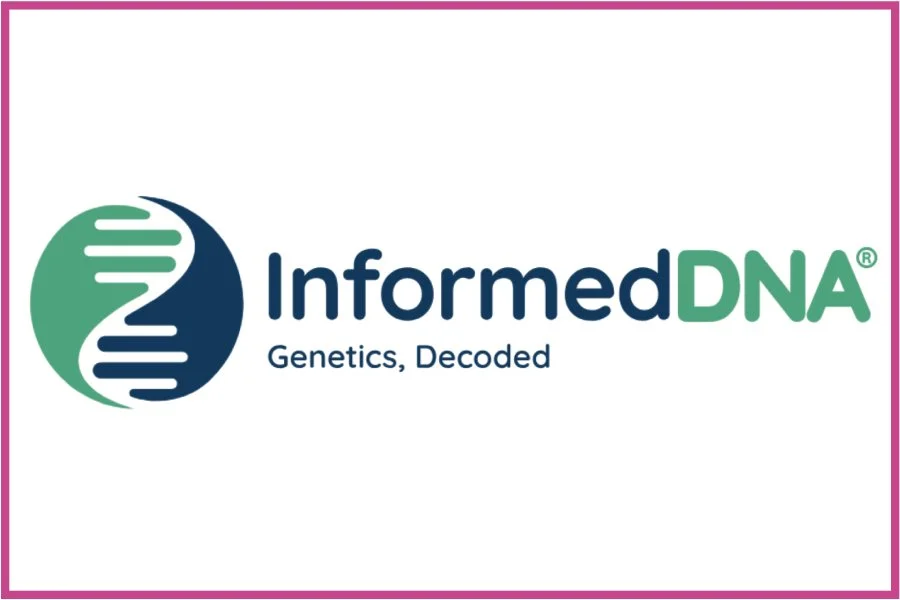CSF1R-ALSP Frequently Asked Questions
-
ALSP is caused by an autosomal dominant genetic mutation in the CSF1R gene (colony-stimulating factor 1 receptor) on chromosome 5. The mutation causes neurons (nerve cells) to have an abnormal shape due to the presence of bubble-like spheroids in part of the cell. Macrophages take myelin, a protective covering, away from the abnormal shaped neurons which causes further damage. The CSF1R mutation also leads to underactive microglia, cells that are normally protective for neurons. The combination of neuronal spheroids, lack of myelin, and underactive microglia cause the symptoms of ALSP.
-
There are currently no FDA approved treatments.
An experimental Bone Marrow Transplant may be available for compassionate use (expanded access).
A phase 2 clinical drug trial is currently underway. -
ALSP can be caused by dominant and recessive mutations in the CSF1R gene. It can also be caused by mutations in AARS1 gene or AARS2 gene.
Because ALSP has many overlapping symptoms with other neurological diseases such as Frontotemporal Dementia, Multiple Sclerosis, Parkinson’s and Early-Onset Alzheimer’s, it is important to undergo genetic testing to receive an accurate diagnosis.
-
ALSP is considered a rare disease, and its exact prevalence is unknown. It can be misdiagnosed for other more common neurological diseases.
One suggested estimate is that ALSP makes up about 10% of adult-onset leukodystrophies and is estimated to affect approximately 10,000 people in the United States, 15,000 in Europe and the United Kingdom, and 4,000 in Japan.
A recent publication suggested the prevalence may be much higher. -
Typically, ALSP is caused by an autosomal dominant inherited mutation in the colony-stimulating factor 1 receptor (CSF1R) gene, AARS1 gene, or AARS2 gene, meaning someone in your family passed the mutation to you.
There are case reports of proven de novo (spontaneous) mutations. Mutation carriers without clinical symptoms have been found up to and over the age of 70. -
Autosomal dominant means a single copy of the mutated gene (from one parent) is enough to cause the disorder.
In most cases, an affected person inherits the mutation from one affected parent. Other cases result from new mutations in the gene and occur in people with no history of the disorder in their family. -
Patients with ALSP can have a wide variety of cognitive, motor and psychological symptoms that usually exhibit a rapid progression and lead to death within several years due to progressive motor impairment.
-
The pattern and progression of symptoms is variable, even among individuals in the same family, although almost all affected individuals ultimately become unable to walk, speak, and care for themselves.
-
An ALSP diagnosis can only be confirmed through genetic testing. To learn more about genetic testing and free genetic testing options, click here.
-
ALSP was previously thought to be two separate conditions, hereditary diffuse leukoencephalopathy with spheroids (HDLS) and familial pigmentary orthochromatic leukodystrophy (POLD), both of which cause similar white matter damage and cognitive and motor problems.
POLD was thought to be distinguished by the presence of pigmented glial cells and an absence of spheroids; however, people with HDLS can have pigmented cells, too, and people with POLD can have spheroids.
HDLS and POLD are now considered to be part of the same disease spectrum, which researchers have recommended calling ALSP.
Read this medical journal article to learn more. -
Yes, there are doctors who specialize in adult leukodystrophies including ALSP.
Contact us for recommend specialists in your area.
-
Yes. Sisters Hope Foundation provides support groups for patients, caregivers and families living with ALSP.
Monthly virtual support groups can be found here.
Schedule a one-on-one call by contacting heidi@sistershopefoundation.org.
-
We are always looking for volunteers and committee members. Monetary donations are appreciated, too.
-
The CSF1R-ALSP Awareness ribbon represents Heather and Holly and their selfless fight to support research efforts and raise awareness to save their own children. Heather’s Hope purple and Holly’s Hope pink with zebra stripes to represent rare diseases. The sideways heart which is part of the Sisters’ Hope Foundation logo is a 3 to represent Three Sisters (Heather, Holly and Heidi).
-
Pink is joyful.
Purple represents comfort.
Together they are vibrant and represent hope.
Additional Resources








